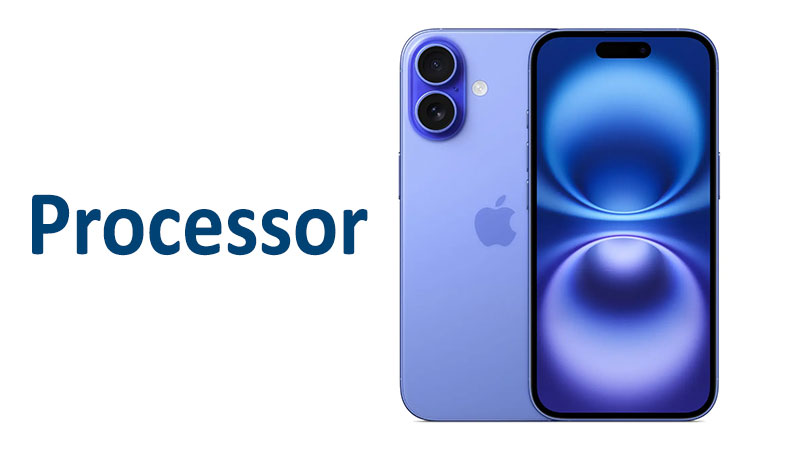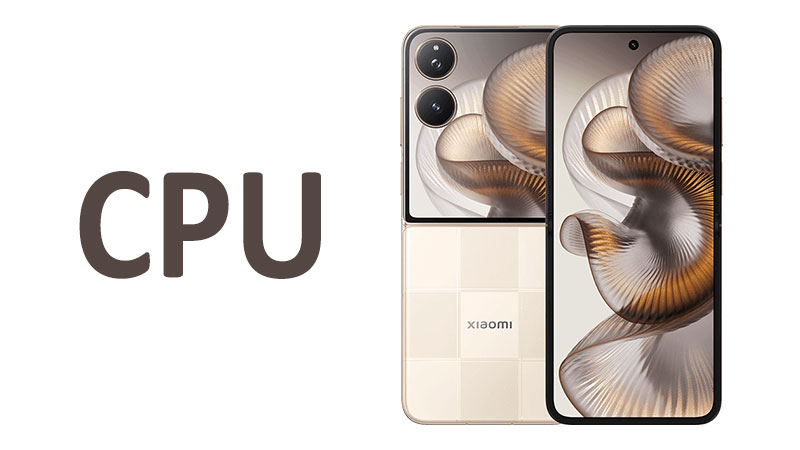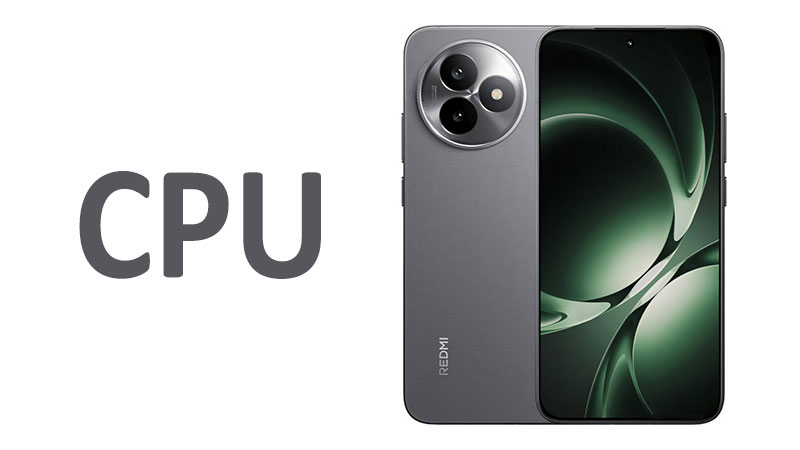The Apple iPhone 16 processor, specifically the A18 chip, represents the latest evolution in Apple’s silicon engineering. It’s not just a component; it’s the core of the iPhone 16 experience. A powerful and efficient processor is crucial for modern smartphones. It determines everything from app speed and multitasking to gaming performance and battery life. This article provides a comprehensive review of the Apple A18 chip, exploring its key features, performance metrics, and what they mean for the end-user. We’ll delve into the technology that makes this chip a powerhouse. We will also compare its performance to previous models and competitors to give you a complete picture.
Detailed Review of the Apple A18 Chipset
The Apple A18 chip is built on a 3 nm manufacturing process (specifically, TSMC’s N3E). This advanced technology allows for a higher transistor density. The result is a more powerful and more energy-efficient chip. It’s a significant leap forward in mobile computing.
CPU Performance
The A18 features a hexa-core CPU. This is a six-core design. It has two high-performance cores running at 4.04 GHz and four energy-efficient cores. This configuration is designed for both intense tasks and everyday power savings. The high-performance cores handle demanding apps and games. The efficiency cores manage background tasks and general use, extending battery life.
Specialized Comparisons
Compared to the A16 Bionic in the iPhone 15, the A18’s CPU is a notable upgrade. It offers up to 30% faster CPU performance while using 30% less power. When you compare the A18 Pro in the iPhone 16 Pro models to the A17 Pro in the iPhone 15 Pro, the A18 Pro’s CPU is 15% faster and uses 20% less power for the same tasks. This efficiency gain is critical. It allows for sustained performance without overheating.
GPU and Graphics
The A18 comes with an Apple GPU with 5-core graphics. This is a major area of improvement for the iPhone 16. The GPU is responsible for all visual rendering. This includes the fluidity of the user interface and the quality of graphics in games. Apple has claimed a 40% gain in graphics performance over the A16 Bionic. The A18 also adds hardware-accelerated ray tracing and mesh shading. These features deliver more realistic lighting and detailed graphics in supported games.
Specialized Comparisons
The A18 Pro, found in the iPhone 16 Pro and Pro Max, takes this a step further with a 6-core GPU. This variant offers a 20% performance increase over the A17 Pro. The most significant leap is in hardware-accelerated ray tracing, which is 2x faster. This makes the iPhone 16 Pro a formidable mobile gaming device. It brings console-quality graphics to a handheld form.
Neural Engine and AI Capabilities
The A18 chip includes a new 16-core Neural Engine. This is a specialized component for machine learning and artificial intelligence tasks. It can perform 35 trillion operations per second (TOPS). This is a massive improvement. It powers the new “Apple Intelligence” features. These features are deeply integrated into iOS. They include advanced writing tools, image generation, and intelligent photo search. The Neural Engine is designed to handle these tasks on-device. This enhances privacy and speed.
Specialized Comparisons
While the A17 Pro also had a 16-core Neural Engine, the A18 and A18 Pro have a 17% greater memory bandwidth. This improves the efficiency of AI tasks. The A18 Pro is even 15% faster than the A17 Pro for Apple Intelligence features. This highlights Apple’s focus on on-device AI.
Pros and Cons
Pros
- Significantly improved CPU and GPU performance: Faster app launches and smoother multitasking.
- Enhanced power efficiency: The 3 nm process and new architecture lead to longer battery life.
- Advanced AI capabilities: The new Neural Engine powers a suite of on-device intelligence features.
- Desktop-class graphics: The A18 Pro’s 6-core GPU and faster ray tracing provide a superior gaming experience.
- Improved thermal management: The iPhone 16 Pro lineup has a new thermal design. This helps to sustain performance during heavy use.
Cons
- Incremental gains in CPU for Pro models: While the A18 Pro is faster than the A17 Pro, the increase may not be revolutionary for typical daily use.
- Lower-end models have a less powerful GPU: The standard iPhone 16 and 16 Plus models have a 5-core GPU. This is less powerful than the 6-core GPU in the Pro models.
- Still a closed ecosystem: The chip is designed exclusively for Apple devices. This means you can’t compare it directly to Android chips in a similar-priced device.
Conclusion: Making an Informed Decision
The Apple iPhone 16 processor is a remarkable piece of engineering. It sets a new standard for smartphone performance and efficiency. For most people, the A18 chip in the standard iPhone 16 and 16 Plus is more than sufficient. It provides a huge performance boost over previous generations.
The A18 Pro chip is for those who demand the absolute best. Its enhanced GPU and AI capabilities are tailored for pro-level workflows and high-end mobile gaming. Ultimately, the iPhone 16 offers a powerful and efficient processor. It provides a seamless user experience for everyone. The choice between the A18 and A18 Pro depends on your specific needs and usage.
FAQ
The Apple A18 CPU has a hexa-core design. It includes two performance cores clocked at 4.04 GHz and four efficiency cores.
The Apple A18 GPU in the standard iPhone 16 and 16 Plus models has 5 cores. The A18 Pro in the iPhone 16 Pro and Pro Max has 6 cores.
The main differences are the GPU core count (5 vs. 6), GPU performance (40% vs. 20% faster than predecessors), and advanced media features (like USB 3 support and faster video encoding, which are exclusive to the A18 Pro).
The 16-core Neural Engine handles machine learning and AI tasks. This includes new “Apple Intelligence” features such as creating custom images, rewriting text, and advanced photo searching.
Yes, the A18 chip is built on a 3 nm process. This makes it more power-efficient than previous chips. This helps to improve the overall battery life of the iPhone 16.



